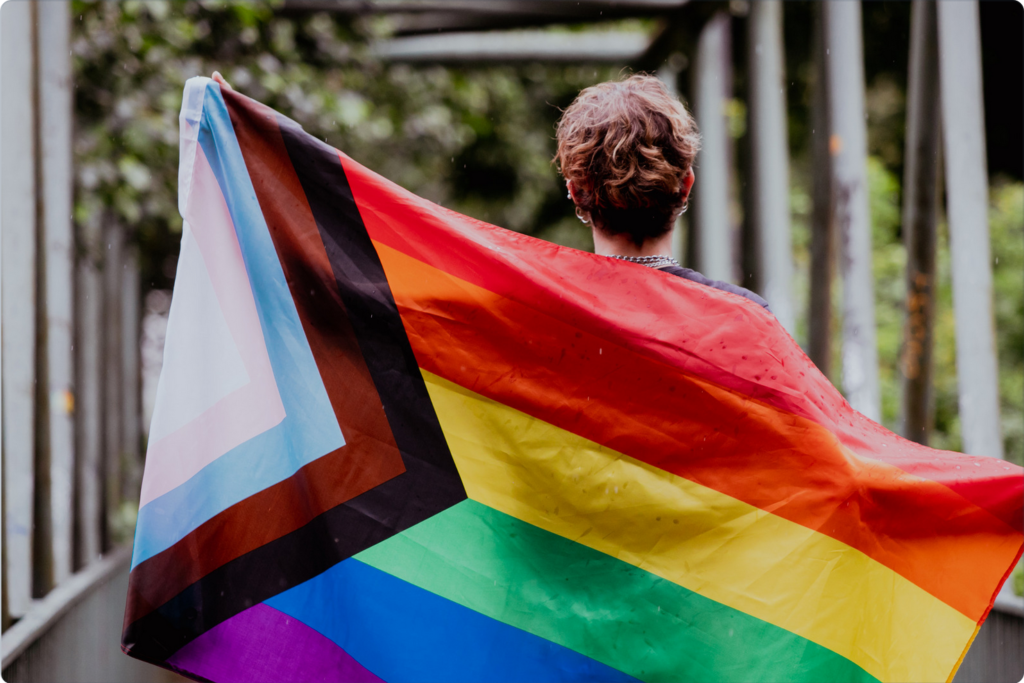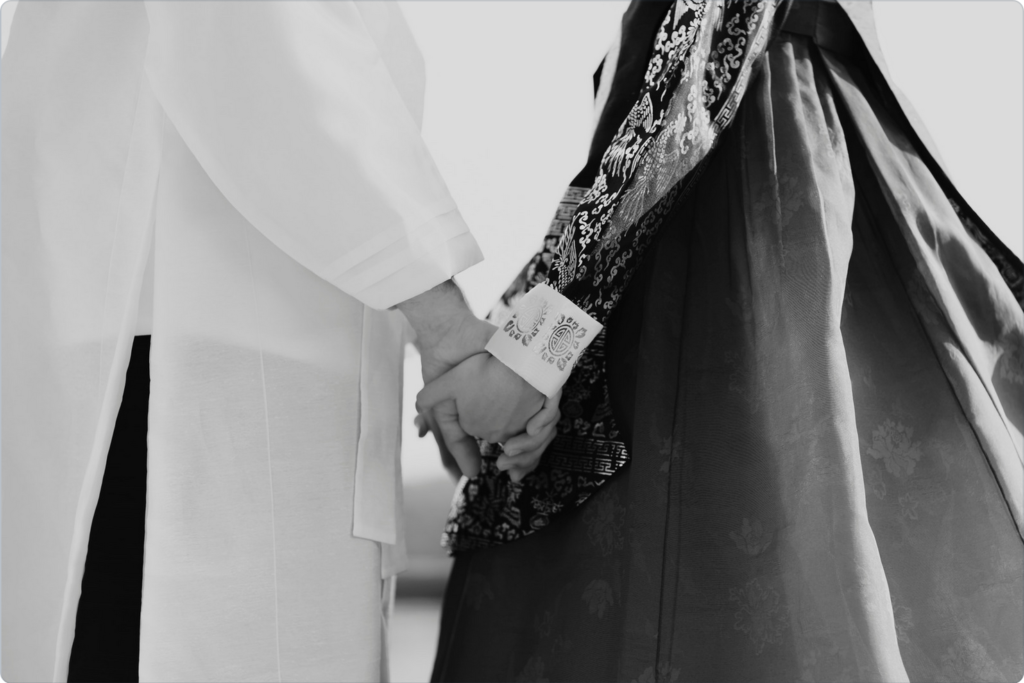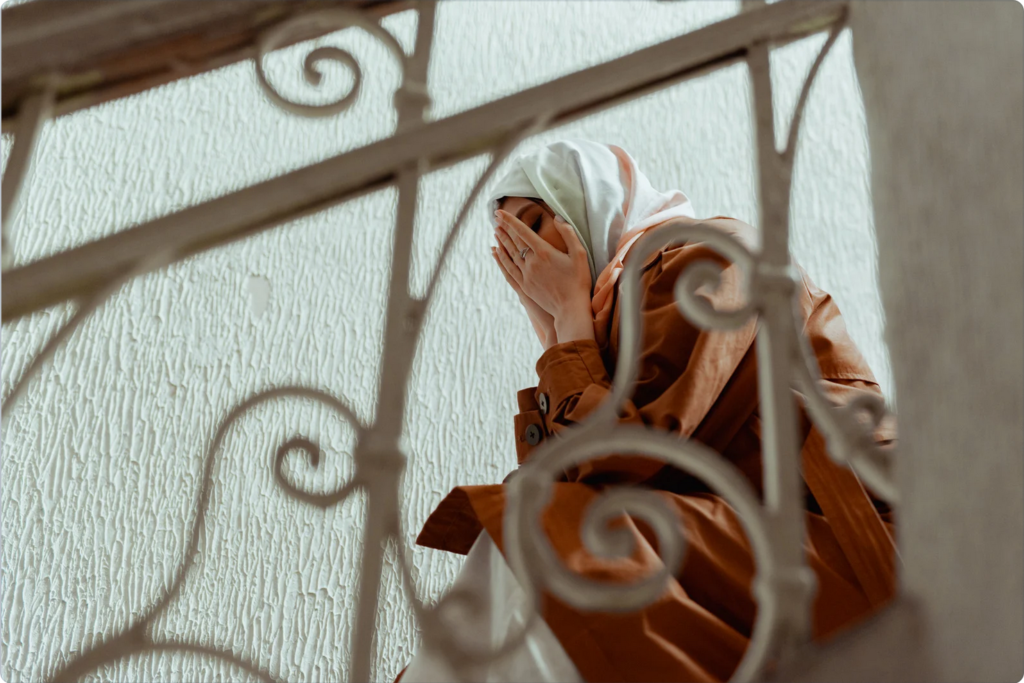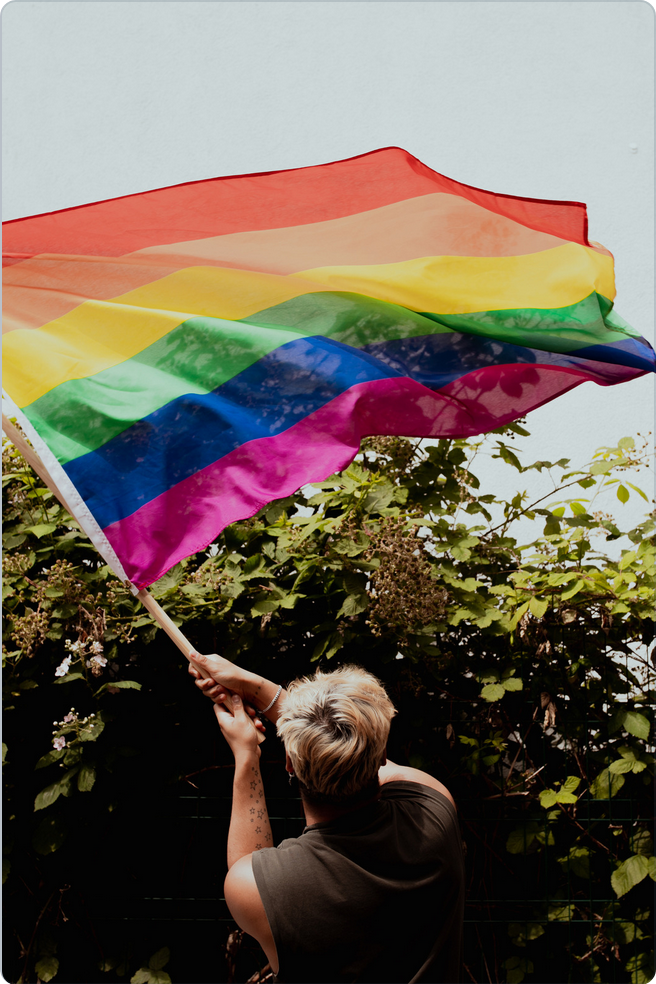-
Inspired with Pride

It’s June and in many, many communities around the world it is also Pride Month. So I thought I would take time today to share some insights, inspired by what it means to have LGBTQ2S+ Pride.

My thoughts go to the joys of relationship, and to the primary reason G_d created a partner for the first human, Adam (whose name is also the Hebrew word for Earth) so that he would not be alone. The instruction to ‘be fruitful and multiply’ comes later in Torah. Because having a mate precedes procreation, ending loneliness precedes procreation in importance. In other words, a close reading of Torah allows us to celebrate a domestic partnership or marriage, without any mention of the partners’ genders.
The reason for Pride Month goes back to 1969, when New York City police raided the Stonewall Inn, a gay club located in Greenwich Village in New York City. The police roughly cleared out the bar, which in turn led to six days of protests and violent clashes with law enforcement, and eventually served as a catalyst for the gay rights movement in the United States and around the world.

Over the millennia, gays have been tortured and murdered as abominates, seen as violating religious or social contracts among other reasons. At the Stonewall Inn, the persecuted men prevailed, and to honour their victory and to encourage all Queer (LGBTQ2S+) people to have Pride in their gender diversity, communities removed the barriers and opened themselves up to the vast intellectual, financial, and cultural richness that was already taking place by closeted Queer people. Now, parades, flags, and welcoming signs on businesses and from politicians are institutionalized by the annual Pride Month observances.
Today, I honour and celebrate domestic partnership in all of its varied forms. I want to elevate the divinely inspired imperative to have a mate, regardless of gender.
Relationships of any sort require work. To be in love and have a partner or spouse is the most wonderful thing, but being in love or marriage is a beginning, and not a complete relationship.

Members of a pair also need to know how to be individuals and how to disagree. This takes thought and work, and a willingness to disclose or accept uncomfortable information and behaviours from an intimate partner. We aren’t usually directly taught how to do this when we are growing up; and for many, our families of origin did not provide good role models to learn from. I want to encourage you to consider doing this hard work of navigation in relationship. Certainly for yourself, and hopefully your partner will be willing to learn, too.
Another potential outcome of relationship, unfortunately, may be that it goes beyond disagreement in a harmful manner. This brings up the uncomfortable but important topic of Intimate Partner Violence (IPV). The potential for, or signs of, IPV are not often mentioned when we learn about domestic partnering and intimacy, and especially so for same-sex couples.
I went online to search for same-sex IPV resources, and found quite a few for straight and Queer relationships. Few of these made connections to spiritual values, though. I looked for examples of IPV in Torah. Some pointed to the Gen:21 story of Hagar, who was certainly a victim of domestic violence. I don’t know that this was intimate partner violence between Sarai and Hagar. But certainly domestic violence within a household and between same-sex members who were intimate partners with the same man, Abraham.

Then we have heterosexual intimate partner violence, and that would be the Gen:34 story of Dinah, who was raped by her suitor, and then avenged by her brothers. And then we have other stories, such as about the Sotah, in which a man could impose an ordeal upon a wife by claiming that he felt she was being unfaithful, although the Sotah test was never given to an unfaithful husband. That ordeal is described in detail in the recent Torah portion, Nasso (Num:4).
In the Tanakh (Hebrew Bible), especially in Psalms and Prophets, there is quite a bit of imagery of violence against women, who are characterized as ‘unfaithful’ wives. The prophets were not speaking literally about human women, but are using commonly accepted beliefs about wives and women as metaphors to illustrate how a vengeful (male) G_d could perpetrate punishments on the unfaithful people of His covenant, recognizable as a husband and a wife scenario. It was commonplace for people to understand a dynamic of a husband taking out his anger on his female domestic partner. Sometimes a re-reading of familiar texts with eyes and minds open to new information, can be helpful in understanding how pervasive a cultural acceptance of IPV may be.

When we’re experiencing conflict or harm in our own household, for privacy, we often won’t want to speak about it with others: especially if it is acceptable in of our sacred texts and liturgies. The canons may be espoused from the lecterns in our spiritual community, thus also making it complicated to separate faith from personal experience.
Let’s look as well, then, at same-sex IPV, in the best of wishes that this knowledge will empower your celebrations of safe and lasting love during Pride month.
As it is said, knowledge is power. Now this column is not strictly for those who are in same-sex partnerships. This column is for everyone. You may not be in a same-sex relationship and may have identify as a straight, cis-male or cis-female person. However, almost everyone knows others, whether a co-worker or a friend or a family member, who is not.
Same-sex IPV is as common as straight IPV, but research shows that it is historically under-reported, in part due to stigmatization by those who are responsible for providing support, or by pressure from a community to not go outside of it for help. For example, in the past, IPV in some Jewish communities was under-reported due to pressures to not disclose to or reach outside the community.

Domestic violence doesn’t pick and choose. No gender or sexual orientation group is free from this happening.
In addition, during the COVID-19 epidemic, IPV incidents escalated due to enforced social isolation or continuous contact between people who would normally be out most of the day at work or school during the lock-downs. A positive outcome of this escalation, if there can be one, is that the reporting and support services for victims of IPV have increased.
Previously, for a victim of IPV in a same-sex relationship, the support resources were often more harmful than staying the relationship, due to stigmatization, or anti-gay sentiments of the service providers. That led to the types of situations that a same sex partner in IPV will stay in or tolerate being much different than those of a straight person seeking help. Great strides have been taken to reduce this problem, yet IPV resources remain different for Queer people. For example, in same-sex relationships, an abuser might weaponize existing homophobic and transphobic systems of stigma, discrimination, and lack of education around LGBTQ+ people to perpetuate their control over and outing their partner at work, school, or to family. For more detail, see the LGBTQ+ Power and Control Wheel, developed by Roe & Jagodinsky, and 16 Myths about Abusive Partners.
Here are a few more examples from the Battered Women’s Support Services of signs that may indicate a toxic or abusive relationship, whether same-sex or straight:
Controlling Behavior
- Monitoring and restricting activities.
- Isolation from friends and family, such as through alienating them away.
- Making decisions without consulting the partner.
Emotional Manipulation
- Guilt-tripping to control behavior.
- Playing the victim to garner sympathy.
- Emotional outbursts to manipulate outcomes.
Gaslighting
- Manipulative tactics to make the victim doubt their reality.
- Denying or trivializing concerns and feelings.
- Creating confusion and undermining self-confidence.
I thank you for having a look at this important but difficult information about relationships. Hopefully, you’re in a healthy relationship and these things may not apply to you; or you may recognize some of these in a way that shows room for improving communication with your partner.

You also may be shocked at seeing some of the items on these lists, too, if you recognize them and have been underplaying their impact in your relationship with somebody.
Control is very subtle but can become a serious form of harm. Is somebody controlling all of the finances, without your consent, to the point where you have no access to funds or even know where or how much there is? Is your partner causing your social circle to shrink, such as by limiting when and how you can leave the home, the use of transportation or money to go out, or are they driving away your family, friends, or colleagues? Victims of IPV may not lose their job, but instead may suffer because of inappropriate boundaries by their partner towards friends, family or colleagues.
Now, please notice your feelings as you peruse the items on the lists I’ve provided. Do some of them resonate with you, or apply to someone you know, who are undervaluing or dismissing such scenarios as okay or normal or enduring them because they are too hard to fix alone? recognize that with this new information comes the power to make changes, through valuing your insights and knowledge.

The brave men of Stonewall stopped rationalizing away the acts against them and prevailed. We celebrate their outrage and courage and how it has created safe spaces for people of all genders and sexual orientations. Everyone deserves a good life, regardless of gender or sexual orientation. Take Pride in who you are as an individual and who you are as part of a domestic relationship.
I’m Wishing You All the Best for this Pride Month!
Please enjoy the above resources with links; and may you be blessed with the ability to see what may have been hidden, what has been brought up from below the surface to the light of day.

